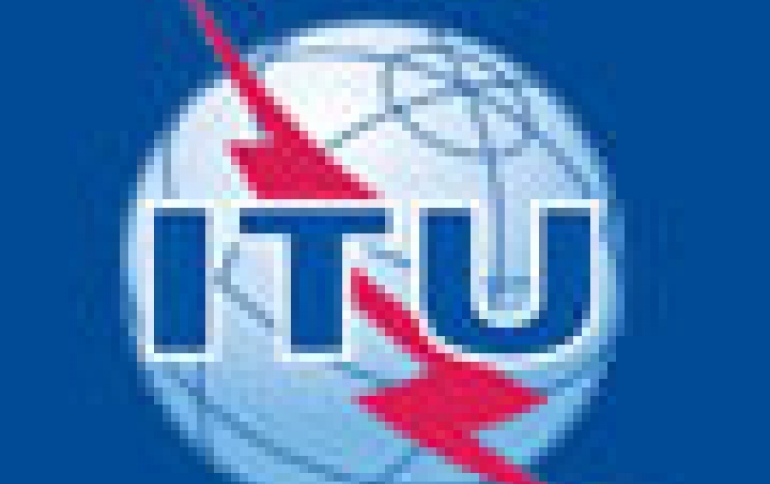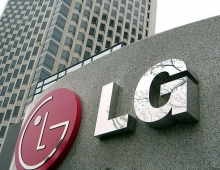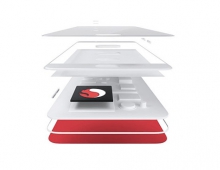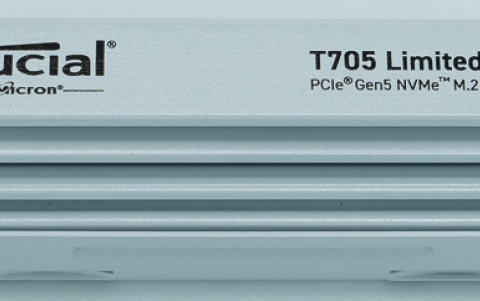
Radio Experts To Release New Mobile Phone Standard
Global radio experts have approved radio standards that are to usher in a new mobile phone operating system to replace third generation or 3G technology.
Announced by the ITU Radiocommunication Union on Friday, the "IMT Advanced" would result in faster and better quality mobile services.
With the completion of a programme developed by ITU's Radiocommunication Sector (ITU-R) to stimulate global development of the future IMT technologies and following a detailed evaluation against technical and operational criteria, ITU has determined that "LTE-Advanced" and "WirelessMAN-Advanced" should be accorded the official designation of IMT-Advanced.
IMT-Advanced systems include new capabilities that go beyond IMT-2000, widely deployed since 2000 and referred to as 3G mobile technology. ITU has now specified the standards for IMT-Advanced, the next step in global wireless broadband communications.
IMT-Advanced provides support for broadband wireless data and brings major improvements. These include increased spectrum efficiency to handle more users at higher data rates per radio channel; a fully packet-based architecture for reduced costs; lower latency leading to more responsive Internet and multimedia applications; improved radio resource management and control to enhance quality of service, and new capabilities for the radio interface such as wideband radio channels and multiple-input and multiple-output (MIMO) for the use of multiple antennas at both the transmitter and receiver end to improve communication performance.
ITU officials are expecting 150 countries and 3,300 delegates at the World Radiocommunication Conferences, which runs from January 23 to February 17.
With the completion of a programme developed by ITU's Radiocommunication Sector (ITU-R) to stimulate global development of the future IMT technologies and following a detailed evaluation against technical and operational criteria, ITU has determined that "LTE-Advanced" and "WirelessMAN-Advanced" should be accorded the official designation of IMT-Advanced.
IMT-Advanced systems include new capabilities that go beyond IMT-2000, widely deployed since 2000 and referred to as 3G mobile technology. ITU has now specified the standards for IMT-Advanced, the next step in global wireless broadband communications.
IMT-Advanced provides support for broadband wireless data and brings major improvements. These include increased spectrum efficiency to handle more users at higher data rates per radio channel; a fully packet-based architecture for reduced costs; lower latency leading to more responsive Internet and multimedia applications; improved radio resource management and control to enhance quality of service, and new capabilities for the radio interface such as wideband radio channels and multiple-input and multiple-output (MIMO) for the use of multiple antennas at both the transmitter and receiver end to improve communication performance.
ITU officials are expecting 150 countries and 3,300 delegates at the World Radiocommunication Conferences, which runs from January 23 to February 17.




















